New data from the Gaia telescope confirm that the Large and Small Magellanic Clouds, two dwarf galaxies orbiting the Milky Way, have collided.
Stars are constantly moving as they orbit the center of their host galaxies. Often, these celestial bodies can encounter other stars and collide.
Even the galaxies that hold these stars may collide into each other on occasion.
Galactic fender benders are common. Our own galaxy, the Milky Way, has collided with many dwarf galaxies in the past. Actually, there is a collision with the Sagittarius dwarf galaxy that’s happening right now.
This shouldn’t scare you because there is very little chance that the stars will individually collide as they’re immensely far apart.
In fact, the Milky Way itself is on a collision course with a behemoth spiral galaxy, Andromeda. However, astronomers project the collision won’t happen for about 4 billion years.
Luckily, we won’t be there to witness the collision and the merger would take about a billion years to complete.
The Sun would survive, and it’d be by then a red giant that has already roasted the planets in the solar system, including Earth.
Dwarf galaxies, orbiting bigger galaxies, can also collide — which is exactly what happened to the Large and Small Magellanic Clouds, says a new study.
Large and Small Magellanic Clouds Collide
On the outskirts of the Milky Way, there are two dwarf galaxies known as the Small Magellanic Cloud (SMC) and the Large Magellanic Cloud (LMC).
The two Magellanic Clouds are easy prey for our galaxy that, as we speak, is sucking up gas and material from them.
Recently, scientists also confirmed a third dwarf galaxy, lying between the two Magellanic Clouds, orbiting the Milky Way.
Read More: Researchers Discover New Dwarf Galaxy Orbiting Milky Way
Now, researchers from the University of Michigan have made another discovery about the Small Magellanic Cloud and the Large Magellanic Cloud.
The U-M astronomers, along with an international team, have confirmed that the two dwarf satellite galaxies of the Milky Way have collided.
The new study, published in The Astrophysical Journal Letters, could provide insight into the nature of these collisions.
Researchers were examining the southeast region of the Small Magellanic Cloud, or the “Wing”, when they realized that a collision had occurred between the SMC and LMC.
They noticed that stars in the “Wing” of SMC are moving in the same direction and at a similar velocity.
The Wing “is moving away from the main body of that dwarf galaxy, providing the first unambiguous evidence that the Small and Large Magellanic Clouds recently collided.”
However, due to the nature of our observation, this all occurred a few hundred million years ago.
“This is really one of our exciting results,” said U-M professor of astronomy Sally Oey, lead author of the study. “You can actually see that the Wing is its own separate region that’s moving away from the rest of the SMC.”
The team came to these conclusion thanks to the analysis of data collected by Gaia telescope, launched by ESA (the European Space Agency) in 2013. Gaia’s mission is to map of the motion of stars in the Milky Way with great detail.

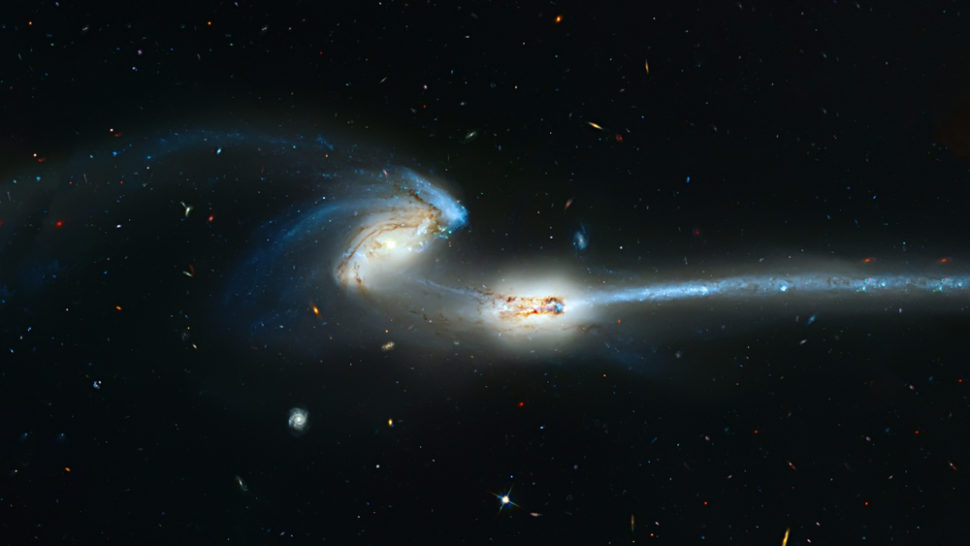



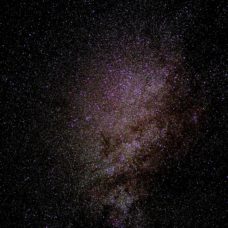


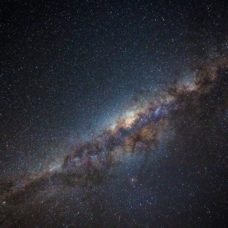

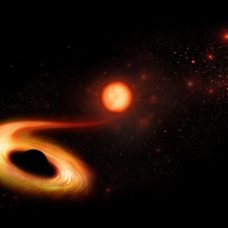

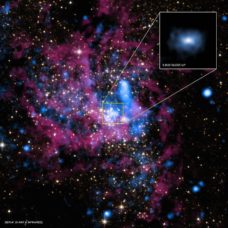


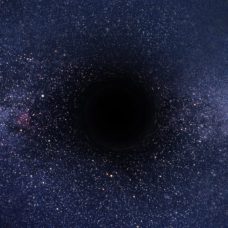



Comments (0)
Most Recent